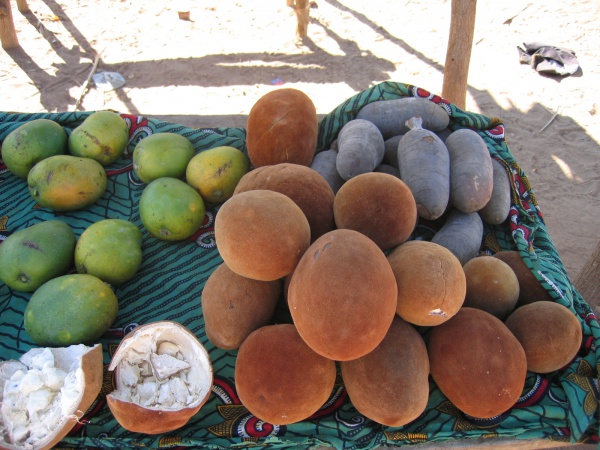Difference between revisions of "Baobab"
CampMaster (talk | contribs) |
CampMaster (talk | contribs) |
||
| Line 7: | Line 7: | ||
<HTML5video type="youtube" width="600" height="338">VH9E6sGNk_0</HTML5video> | <HTML5video type="youtube" width="600" height="338">VH9E6sGNk_0</HTML5video> | ||
| − | The name originates from Arabic phrase '''bu hibab''' meaning fruit with many seeds. The first botanical description of the baobab was made by French botanist Michel Adanson and a species was | + | The Baobab name originates from Arabic phrase '''bu hibab''' meaning fruit with many seeds. The first botanical description of the baobab was made by French botanist Michel Adanson and a species was |
later named Adansonia. The sixth and the last Malagasy species was | later named Adansonia. The sixth and the last Malagasy species was | ||
discovered and described in 1960. | discovered and described in 1960. | ||
Revision as of 16:04, 5 March 2024
Products derived from the fruit pulp and seeds of the baobab tree can be used in a variety of food and drinks as well as for cooking and massage oils.
The Baobab name originates from Arabic phrase bu hibab meaning fruit with many seeds. The first botanical description of the baobab was made by French botanist Michel Adanson and a species was later named Adansonia. The sixth and the last Malagasy species was discovered and described in 1960.
Baobabs are found in dry and semi-arid areas which receive less than 500 mm of water per year. They are succulent plants that adapt well to arid environments thanks to their water storage capacity in their thick and swollen trunks which contain up to 80% water.
The baobab only bear leaves in the rainy season and are leafless during the dry season which limits their water loss.
Baobab belong to the Bombacaceae family of trees which includes the Kapok tree. While there are nine species of baobab in the world, six of them are endemic to Madagascar, making the baobab tree symbolic to the big island.

